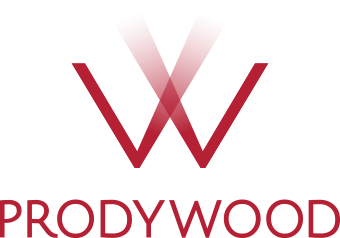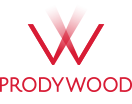1. Author’s rights
A. The legislative framework
In France, authorship copyright is protected by the articles of the Code of Intellectual Property, which contains the rules applicable to this area. According to article L.111-1 of the code, “the author of an intellectual creation exercises exclusive and absolute ownership over it, by virtue purely of having created it“. He or she is nevertheless entitled to relinquish these rights in whole or in part, by sale, contract or legation, to another person or entity. The beneficiary of such an action then becomes the legal rights holder.
B. The patrimonial rights
With respect to the patrimonial rights, the author has the exclusive right to exploit his/her work commercially or to authorize others to exploit it, in any way and within the limits established by law.
C. The author’s moral rights
The author’s moral rights protect the personal and reputation value of a work to its creator. Moral rights are considered united to the person and are inalienable.
D. Rights of the artist over objects photographed
The objects (e.g. sculptures, paintings, pieces of architecture) exhibited or preserved in museums and certain public places (parks, gardens etc.) do not automatically belong to the public domain. Some are still protected by the artist’s copyright. As a result, any shots of art objects and their subsequent use are subject to the consent of the artist or his or her legal successors. It is advisable to consult the organizations in charge of the preservation or exhibition to obtain the address of the artist, his or her heirs or the union representing them.
E. Duration of copyright
According to article L. 121-1 of the Code of Intellectual Property, an artist has the right to benefit from his/her creation during his/her lifetime. Upon his/her death, this right is transferred to his/her heirs during the current calendar year and the 70 years following. At the end of this period, the work falls into the public domain. In the case of a work created in collaboration, such as a film, the calendar year taken into account is that of the death of the last of the following collaborators: the scriptwriter or adaptor, composer (in the case of an original score) or director. The duration of copyright in the case of a work produced under a pseudonym, anonymously or collectively is 70 years, theoretically starting on the 1st January of the year following that of publication. For works published posthumously, the duration of copyright is 70 years, starting theoretically from the date of the work’s appearance.
2. Public image
- The right to privacy is one of the basic rights of citizenship and is expressed in article 9 of the French Civil Code. The rules of photographic and public image copyright operate along the same lines. Every individual, no matter who they are, holds exclusive and absolute rights over an image of him/herself and its use. When filming takes place in a train station, an airport, public park, etc, the director must obtain the prior permission of the people present. On the other hand, this procedure is generally considered unnecessary in certain circumstances where there is presumed to be tacit agreement. Such circumstances include:
- filming of groups, street scenes or public demonstrations. It is advisable not to include close-ups or to linger on one person
- filming public figures carrying out their profession or following events in their public life.
Upon the release of these images, neither the commentary nor the credits should in any way be detrimental to the individuals filmed. Except in these two instances, it is essential to obtain the consent of the person filmed, who must understand both the nature of the shot and its intended subsequent use. This consent must, whenever possible, be obtained in writing (release form) since proof of agreement, in case of a lawsuit, is the responsibility of the producer.
3. Music, cinema and authors’ rights
A. Pre-existing music
This covers music already published, in one of two ways:
- A record, cassette or CD which has been reproduced and sold commercially, or used as musical illustration. Approximately 30 companies (list available from Film France) offer catalogues of music specially designed to serve as background music. These catalogues offer a wide variety of styles and arrangements.
- A new recording made for the film, for example during production, in the form of an actor or actress singing it, or the piece being played by actors or musicians appearing on-camera.
All other music apart from «background music» belongs to general repertory music. The producer must request and obtain prior written permission to use the work from SACEM-SDRM’s audiovisual office or regional branches. This requires a simple letter indicating the pieces chosen, the recording chosen, and the type of film, television show, advertisement or other use to be made of it. SACEMSDRM consults the rights-holders on a per-request basis.
B. Original or commissioned music
This includes «musical compositions with or without lyrics, specially written and produced for the film [or other audiovisual work]». This commission is remunerated as such, and the agreement between the composer (and the writer if any) and the producer reserves the copyright for reproduction or public performance of the work and refers it to the SACEM (if he/she is represented by it).


